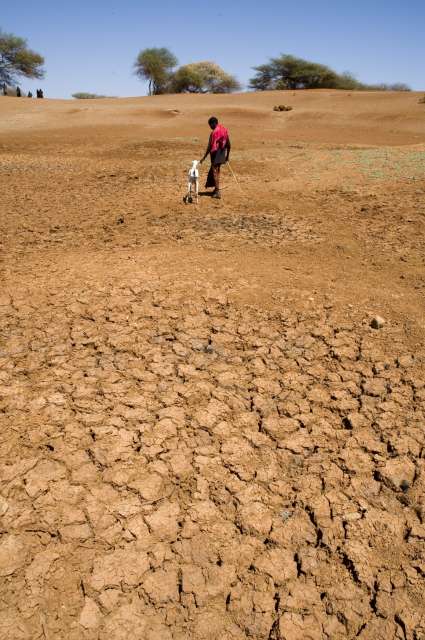The Irish Times published an interview with our Board member Prof Jennifer McElwain, UCD School of Biology and Environmental Science on 12 January 2017. The original article can be found here.
You are a paleobotanist – what does that mean?
“Paleo” means old and “botany” means the scientific study of plants. So I study fossil plants, many of them older than the dinosaurs. These ancient plant remains can tell us a lot about climate change in the past.
Where is the most interesting site that you have collected plant fossils?
Astartekløft, in east Greenland within the Arctic Circle. A team of five of us were helicoptered there in July 2000 for a National Geographic expedition. We spent four wonderful weeks digging up 200-million-year-old fossils, avoiding polar bears and eating Parmesan cheese and salami sausage.
We collected more than 4,500 fossil plants and spent the next decade trying to piece together the ancient landscapes that the fossils revealed, and how plants in the past responded to natural global warming events caused by volcanism.
How do you figure out ancient plant survival tactics?
Using the fossils we worked out how many species were around in Greenland over 200 million years ago, then we reconstructed the climate of the time and tracked the fossil species to examine which went extinct and which survived global warming.
We discovered that generalist plant species survived better than specialists, which were more likely to go extinct as the climate warmed. A good example of a generalist is a species that does not rely on another species to reproduce (that other species may go extinct!) but uses the wind to reproduce.
We also saw that when there is a small amount of carbon dioxide in the atmosphere, leaves have lots of tiny openings or pores called stomata. However, when the amount of carbon dioxide in the atmosphere increases, the plants tend to develop far fewer stomata.
How did you become interested in studying plants?
When I look at a plant I immediately think about how it works. My daughter refers to this tendency as “plant nerd”. Plants do amazing things – they can sense levels of carbon dioxide in the air much in same way that we sense that a carbonated drink is fizzy. Our tongues detect the carbon dioxide in the drink and plants detect the “fizziness” or the carbon dioxide in the air using the same type of enzyme in their stomata.
Your work has recently shown that carbon dioxide levels were closely linked with ice-sheet changes on Earth 300 million years ago – what can we learn from that today?
Our climate is changing at a faster pace today than ever before in geological history, because human impact results in more greenhouse gasses like carbon dioxide being released into the atmosphere.
More carbon dioxide means warmer temperatures at the poles, which means less ice formation in winter and more melting of old ice in summer.
Our studies of past climate [funded by the European Research Council and published in Nature Geoscience] show that polar ice sheets become unstable as the level of carbon dioxide in the atmosphere increases above about 0.05 per cent. Today there is 0.04 per cent carbon dioxide in the atmosphere. We are getting worryingly close to the 0.05 per cent threshold above which ice sheets will become unstable and begin to melt.
What do you like to do when you are not working on research?
Spending time with my family. I also love buying and making pottery, baking with the kids and finding unwanted furniture in skips and bringing it back to life.
What is the message arising from your research for citizens of Earth in the 21st century?
We only have one Earth. Let’s try not to soda-stream the atmosphere, otherwise there will be no polar ice left.


